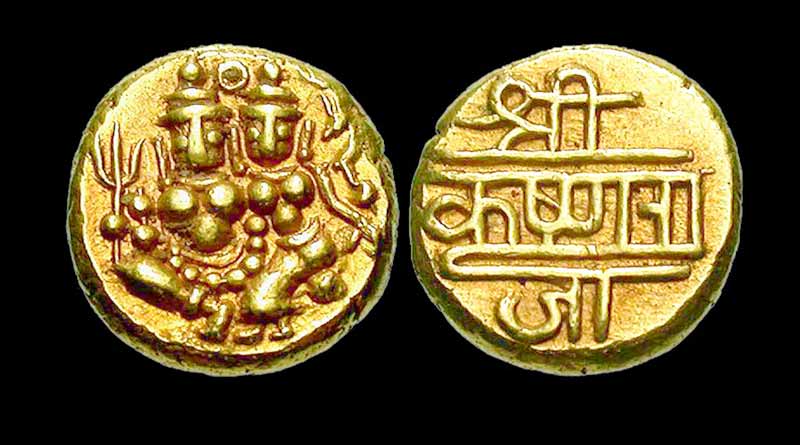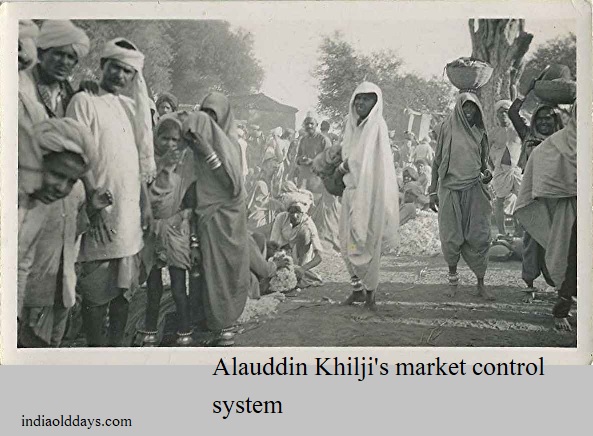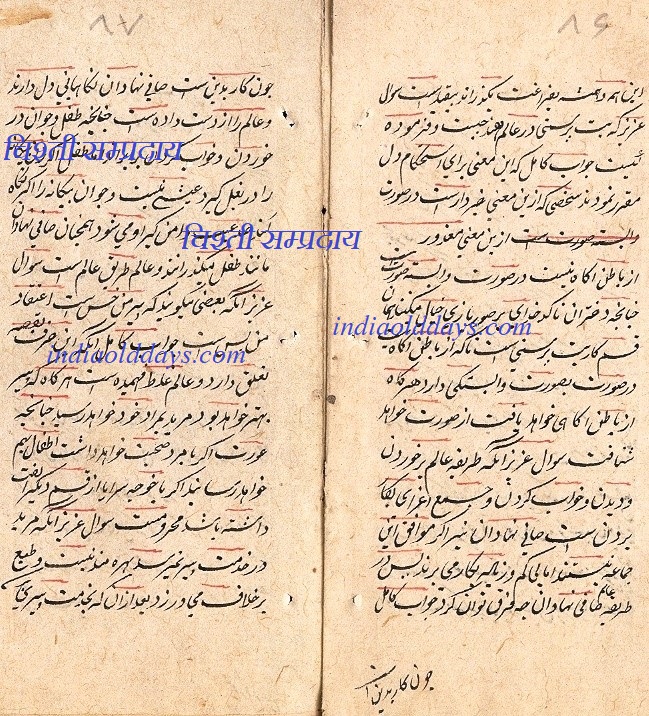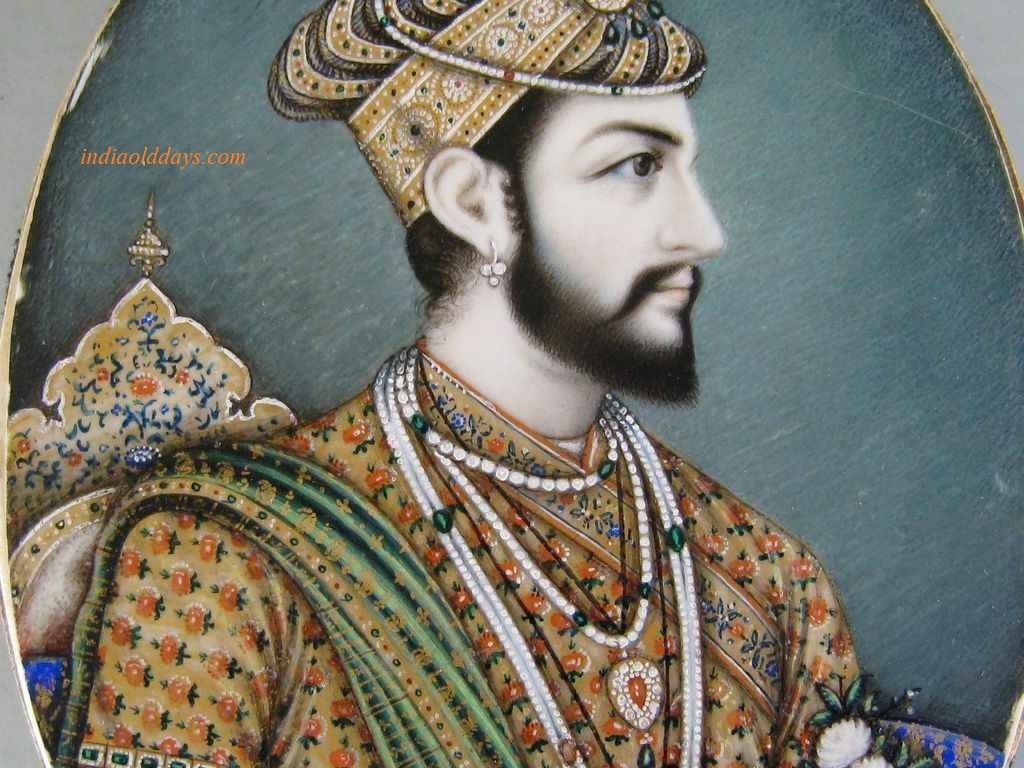Technical and financial status of Delhi Sultanate
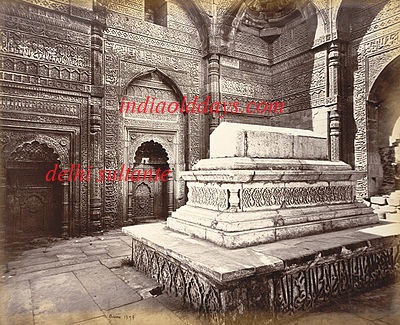
Other Important Facts-
- Initial Kashmeer
- Sources of study of history of ancient India
- Important literary sources of medieval Indian history
The economic life of medieval India was predominantly based on agriculture, but along with that other economic activities of small level are also indicated. First detailed written description of the Rahat 16th. It is found in Baburnama of the century. Probably the use of Rahat started in the era of Delhi Sultanate. The birth and spread of this device originally happened in the West outside India.
In the field of textile industry, Charkha is very important in the form of mechanical equipment. The first written mention of its (Charkha) in India is found in Futuh-ul-Slatin(1350 AD) of Isami. The real emergence of charkha in India is 12th-14th Centenary should be considered. The practice of keeping the keys of silk was popular in Delhi Sultanate. There has been a huge increase in the number of coins in this period compared to the previous medieval period. Some other technological inventions like paper etc. were also created in this period. 13th In the century, Muslims used to use paper. Amir Khusro wins 13th Shataba At the end mentioned the use of paper.
One of the major inventions of this period is the use of timing tools by Firoz Tughlaq.
Industry and Trade –
7 th to 10 th. Era is called the golden period of business relations between India and the Arab world. The group of merchants was called Tujjar-e-Khas. Muhammad bin Tughluq’s era will be lasting for business activities.
In India, Lodhi ruler himself was a businessman.
In many parts of the country, check posts were set up to obtain tax on merchandise items, which is first mentioned in the Shakai Nasiri of Minhajuddin Siraj. Four-wheeled aces can also be described in the Sultanate period. The yacht manufacturing industry was very strong in this period.
Multan was the most famous because of the many trade routes, the Sun temple and the Khanqah of Sheikh Bahauddin Zakaria in the medieval times. Deval (Gujarat) has been considered prosperous in the middle of business terms. It served as the international harbor.
Overseas traveler Varthamma has mentioned about three hundred foreign ships coming from different countries year to the caves. Cambay silk was one of the valuable things on which Alauddin Khilji had put control. Unhilwanga was like a pilgrimage place for businessmen. There were large numbers of Muslim traders living here.
Most of the traders of Devgiri were traders who traded gems. Amir Khusro has compared the colorful colors of the colors to the colorful flowers.
Bengal was famous for rice and silk. The famous Chinese traveler Mahuan mentions the silkworms being there.
In the medieval times, Banaras was famous for export of a special type of turban.
Import–
Horses – Import of horses in various merchandise imported from various countries was paramount. Ibnbuttuta and Marko Polo mentions exports of horses from Turkistan and Iran.
Weapons– were a special place for weapons after the arms and ammunitions. During the time of Muhammad bin Tughluq, Syed Abul-Hasan al-ibadi traded arms of state money with money.
The mention of bringing the Turkadas by the Chinese traders in Das-Iltutmish’s court. In the time of Alauddin, there is a context for the import of Turkish slave girls and ladders. There was trade of equal slaves from Aden and Egypt.
fruits and dry fruits – Grapes came from India with fruits and fruits – Iran. Ibnbuttu writes that dry fruits were prominent in the items brought by foreign travelers to India.
Export-
Iron and Weapon – Marcopolo has mentioned the export of steel from Lahore.
Cotton Textile – Cotton was the best variety in India, which was exported to many countries. Indian white garments have been praised in Baburnama.
Neel- india was produced on the scale of scale in India. Lahore and Beyna were very famous for Neel.
Apart from all these vegetables, spices, sugar, etc. were also exported.
coins-
Initially the Delhi Sultans adopted the prevailing coins in India. Therefore, the name of Muhammad Gauri’s coins is found on his name and on the other hand the face of goddess Lakshmi.
Muhammad bin Tughlaq had made significant use of money. Edward Thomas has called him the crown prince. He introduced a new coin of gold which Ibnbattuta called Dinar. He issued coins named “Adali” instead of gold and silver coins, which weighed 140 grams of silver.
Firoz Tughlaq runs two coins of copper and silver mixed with a half and a quarter of successive names, namely Aadha and Bikh, respectively. Copper coins were called dirham in the Sultanate period.
Reference : https://www.indiaolddays.com/

